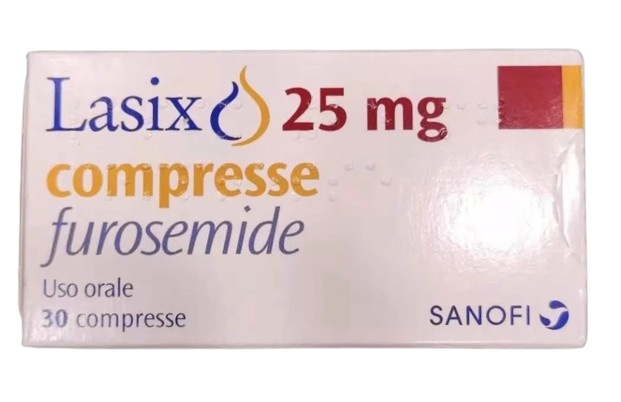Can Furosemide (呋喃苯胺酸) Be Reimbursed? A Guide to Insurance Coverage

Can Furosemide (呋喃苯胺酸) Be Reimbursed? A Guide to Insurance Coverage
For patients with edema, heart failure, or kidney disease, Furosemide (呋喃苯胺酸, brand name: Lasix) is a widely prescribed diuretic that helps remove excess fluid from the body. However, many patients are concerned about whether this medication is covered by health insurance and how much they may need to pay out of pocket. This article explains Furosemide’s reimbursement status in China, helping patients navigate insurance policies and reduce financial burdens.
What Is Furosemide (呋喃苯胺酸) Used For?
Furosemide is a loop diuretic that works by increasing urine production, effectively treating:
Edema (swelling) caused by heart failure, kidney disease, or cirrhosis
Hypertension (high blood pressure) in some cases
Fluid retention in acute or chronic conditions
Because it helps reduce fluid overload, it is often prescribed for patients with congestive heart failure or severe kidney impairment.
Is Furosemide Covered by Health Insurance?
In China, Furosemide is classified as a Category B drug under the national medical insurance system. This means:
Partial reimbursement (typically 50%-70%, depending on the region)
Coverage varies by province and hospital policy
May require a prescription from a qualified doctor
How to Check Reimbursement Details?
Consult your local medical insurance bureau – Policies differ between cities.
Ask your doctor or hospital billing department – They can confirm coverage before prescribing.
Review insurance documents – Some plans may have restrictions on dosage or brand.
Cost Considerations & Financial Assistance
While Furosemide is relatively affordable compared to newer drugs, long-term use can still add up. Factors affecting cost include:
Brand vs. generic (Generic versions are usually cheaper)
Dosage and frequency (Higher doses may increase expenses)
Hospital vs. retail pharmacy pricing (Insurance may cover more in hospitals)
If cost is a concern:
✔ Ask your doctor about generic alternatives
✔ Check if patient assistance programs are available
✔ Compare prices at different pharmacies
Important Safety & Usage Tips
Furosemide is effective but can cause side effects, such as:
Electrolyte imbalances (low potassium, sodium)
Dehydration or dizziness
Increased blood sugar levels
To use it safely:
✔ Follow your doctor’s dosage instructions
✔ Get regular blood tests to monitor electrolytes
✔ Stay hydrated and maintain a balanced diet
Q&A: Common Patient Concerns
Q1: Can I get Furosemide without a prescription?
A: No. It is a prescription-only medication due to potential side effects. Always consult a doctor before use.
Q2: Why does reimbursement vary by region?
A: China’s medical insurance system is locally managed, so coverage rules differ between provinces.
Q3: What if my insurance doesn’t cover enough?
A: Discuss alternative treatments with your doctor or inquire about financial aid programs.
Final Advice
Understanding Furosemide’s insurance coverage can help patients reduce costs and access treatment more easily. Always confirm reimbursement details with your doctor or insurance provider before starting medication.
If needed, consult Dingxiang Medical Service for further assistance.
English Translation
Can Furosemide (呋喃苯胺酸) Be Reimbursed? A Guide to Insurance Coverage
Furosemide (呋喃苯胺酸, brand name: Lasix) is a diuretic used for edema, heart failure, and kidney disease. In China, it is partially covered by medical insurance (Category B drug), with reimbursement rates varying by region (usually 50%-70%).
Key Points:
Prescription required – Not available over-the-counter.
Cost factors – Generic versions are cheaper; hospital purchases may have better coverage.
Safety precautions – Monitor electrolytes and hydration.
If unsure about coverage, check with your local insurance office or doctor.

